Download Maths Rational Numbers - Worksheet
For Class 7 / Class 8 / Class 9
The worksheet will help you understand the basic definition of Rational and its properties.
Blog provides NCERT solutions, CBSE, NTSE, Olympiad study material, model test papers, important Questions and Answers asked in CBSE examinations. References to Educational Sites and resources.
For Class 7 / Class 8 / Class 9
The worksheet will help you understand the basic definition of Rational and its properties.
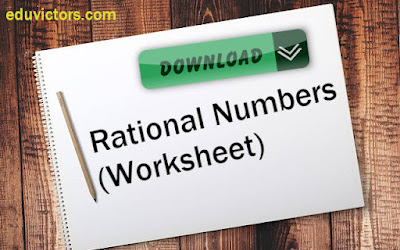
Worksheet
Q1: In ratio a : b, a is called as _______ or ________.
Q2: In ratio a : b, b is called as _______ or ________.
Q3: Express 75 : 125 in its simplest term.
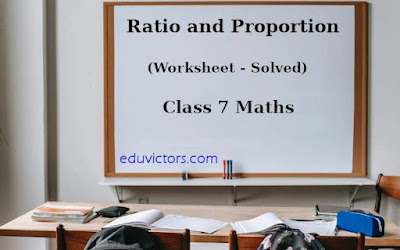

*Typo in the graphic new = knew

A fraction is a part of whole.
Fractions are of various types. Commonly used fractions are mixed fractions, proper fractions
e.g. $ \frac{13}{4}, 2\frac{3}{4}, \frac{1}{2} $ etc.
COMPARE FRACTIONS
We can compare two or more fractions by taking the L.C.M of the denominators of the given fractions. Fraction with a greater denominator is bigger and vice versa.
Q1: Compare $\frac{23}{52} \textrm{ and } \frac{19}{22} $
Answer: $\frac{23}{52} > \frac{19}{22}$
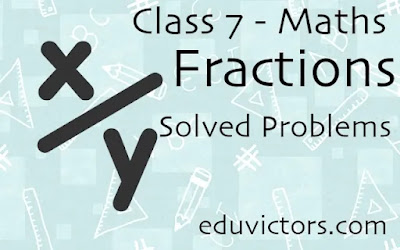
Learning is a continual process. To improve scores, the best way is to learn and practice. Solving question papers help students to evaluate their knowledge and familarise with different types of question patterns being asked in examination.
Eduvictors provides CBSE Previous Year Papers and Sample Question Papers for Class 7 Maths, Science, Social, English, Hindi and Sanskrit with/without solutions to help students in their board exam preparation.
1. Mathematics for Class 7 (Examination 2020-2021) R S Aggarwal
Here attached the Maths Sample Question Paper (2020-2021).








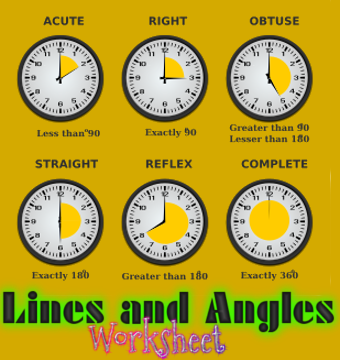
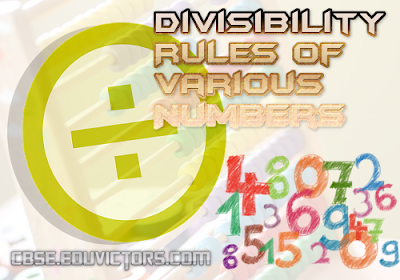


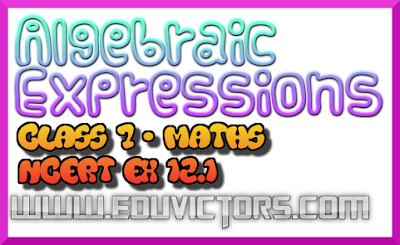

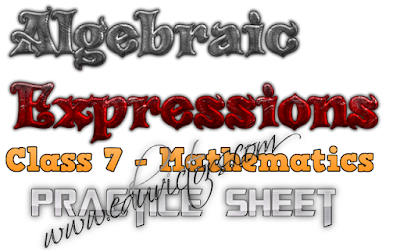
Please turn off the ad blocker. This is only way that we can earn some penny. Please support us by trun off the ad blocker.
Thank you!!